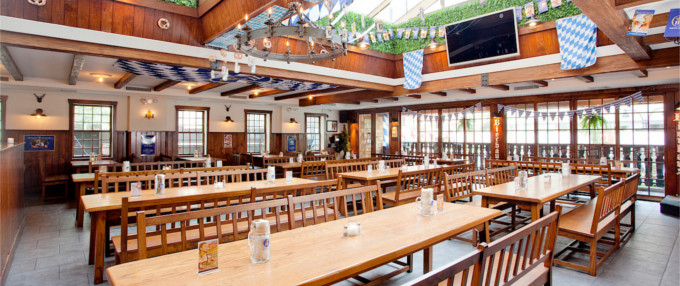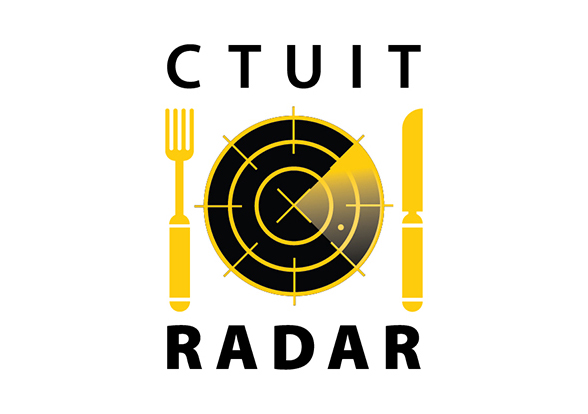Picture this: A 22-year-old scrolls through TikTok, sees a viral "butter board" video, and within hours, they're recreating it at home. By week's end, they're searching for restaurants serving their own take on the trend. This isn't just casual browsing: it's the new reality of how an entire generation discovers, experiences, and shares food.
Recent data reveals a staggering truth: 84% of Gen Z actively try social media food trends, fundamentally reshaping how restaurants must approach marketing, menu development, and customer engagement. For food and beverage professionals, understanding this shift isn't optional: it's essential for survival in today's digital-first dining landscape.
The Social Media-Food Connection: More Than Just Pretty Pictures
Gen Z's relationship with food extends far beyond sustenance: it's deeply intertwined with their digital identity and social connections. 70% of Gen Z respondents identify TikTok as their most valuable platform for food recommendations, making social platforms the new tastemakers in the food and beverage industry.
This generation operates as "digital-first diners" whose restaurant journey begins long before they step foot in a establishment. They're checking Instagram feeds, watching TikTok reviews, and researching menus online before making dining decisions. The implications? Your social presence isn't marketing: it's your storefront.
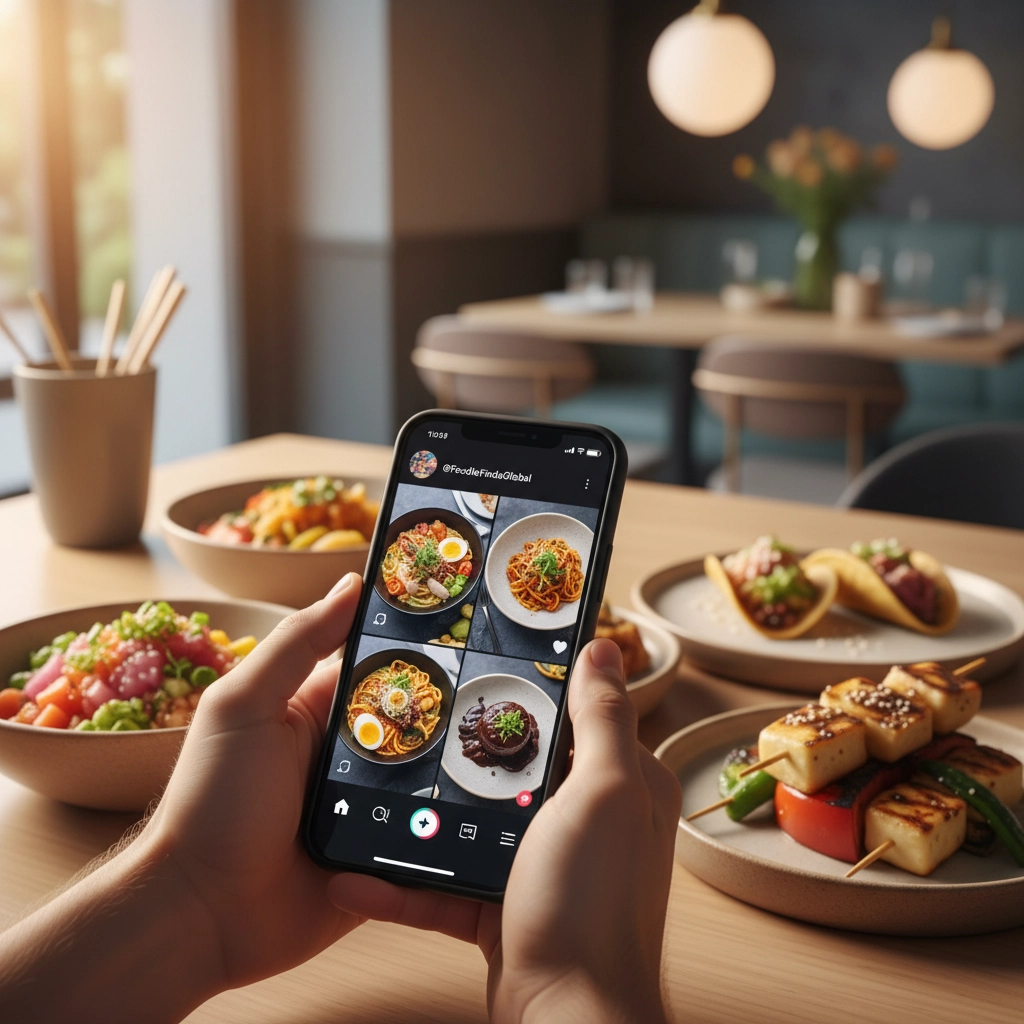
The Psychology Behind the Trend-Chasing Behavior
FOMO Drives Discovery
Fear of missing out isn't just about events: it's about experiences, flavors, and cultural moments. When a food trend goes viral, Gen Z sees participation as joining a shared cultural experience. Missing out means being left behind in conversations, both online and offline.
Self-Expression Through Food Choices
For Gen Z, trying trending foods is a form of self-expression and identity building. Sharing their experience with viral dishes becomes part of their personal brand on social media. 45% of Gen Zers report that social media influenced them the last time they tried a new recipe, demonstrating how platforms drive real behavioral change.
Community and Connection
Social media food trends create instant communities. When someone tries a viral recipe or visits a trending restaurant, they're joining thousands of others sharing the same experience. This collective participation fulfills the generation's need for connection in an increasingly digital world.
The Speed of Modern Food Trends: From Viral to Menu in Weeks
The acceleration of trend adoption has fundamentally changed the food and beverage landscape. Viral food trends now move from TikTok to mainstream restaurant menus in weeks rather than the years it once took. This compression of trend lifecycles creates both unprecedented opportunities and significant challenges for restaurant operators.
Consider the recent evolution from "swicy" (spicy-sweet) to "swalty" (sweet-salty) flavor profiles. What started as social media experimentation is now driving 32% expected growth in swalty combinations over the next three years, directly influencing menu development across the industry.
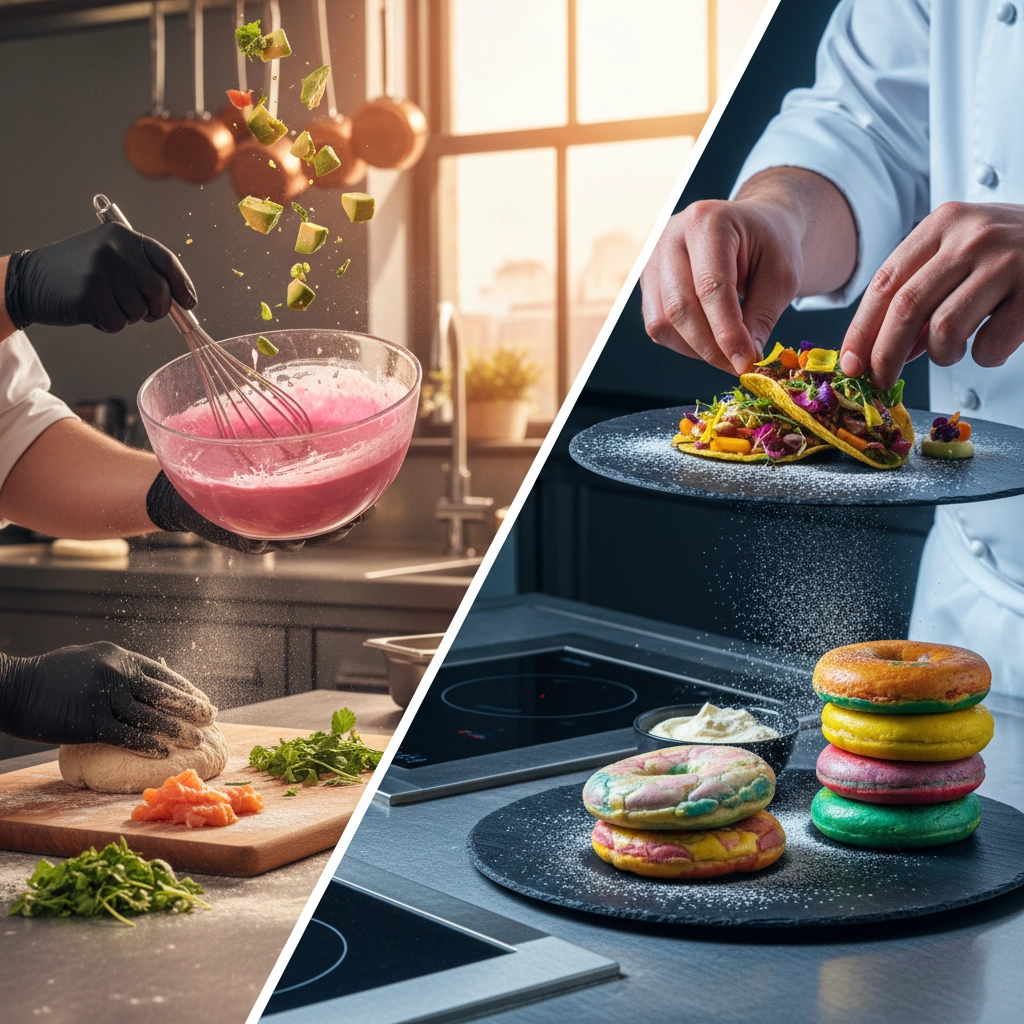
What This Means for Restaurant Marketing Strategy
Content Creation Over Traditional Advertising
The traditional advertising playbook is obsolete for reaching Gen Z. This generation responds to authentic, friend-like content rather than polished promotional materials. To engage Gen Z foodies, brands should focus on authenticity and humor over aesthetic perfection.
Successful restaurants are shifting from advertising to content creation, sharing behind-the-scenes footage, employee personalities, and real customer experiences. This approach transforms followers into brand advocates who actively contribute user-generated content.
Platform-Specific Strategies
Different social platforms serve different purposes in the Gen Z food discovery journey:
TikTok: Functions as a real-time test kitchen where trends emerge and spread rapidly
Instagram: Serves as visual validation and restaurant research platform
YouTube: Provides deeper content for recipe tutorials and restaurant reviews
Smart operators are developing platform-specific content strategies rather than recycling the same posts across all channels.
Actionable Tips for Leveraging Social Food Trends
1. Establish Real-Time Trend Monitoring
Create systems to track emerging food trends across social platforms. Monitor hashtags, follow food influencers, and analyze engagement patterns to identify trends before they peak. Set up Google Alerts for food trend keywords relevant to your cuisine type.
2. Develop Limited-Time Trend-Based Offerings
Once you identify a relevant trend, move quickly. Create limited-time menu items that capitalize on viral concepts while they're still generating buzz. The key is speed: trends move fast, and late adoption means missed opportunities.
3. Partner with Micro-Influencers and Food Creators
Rather than pursuing celebrity partnerships, focus on micro-influencers with engaged, authentic audiences. Food creators with 10K-100K followers often have higher engagement rates and more genuine connections with their audiences than major influencers.
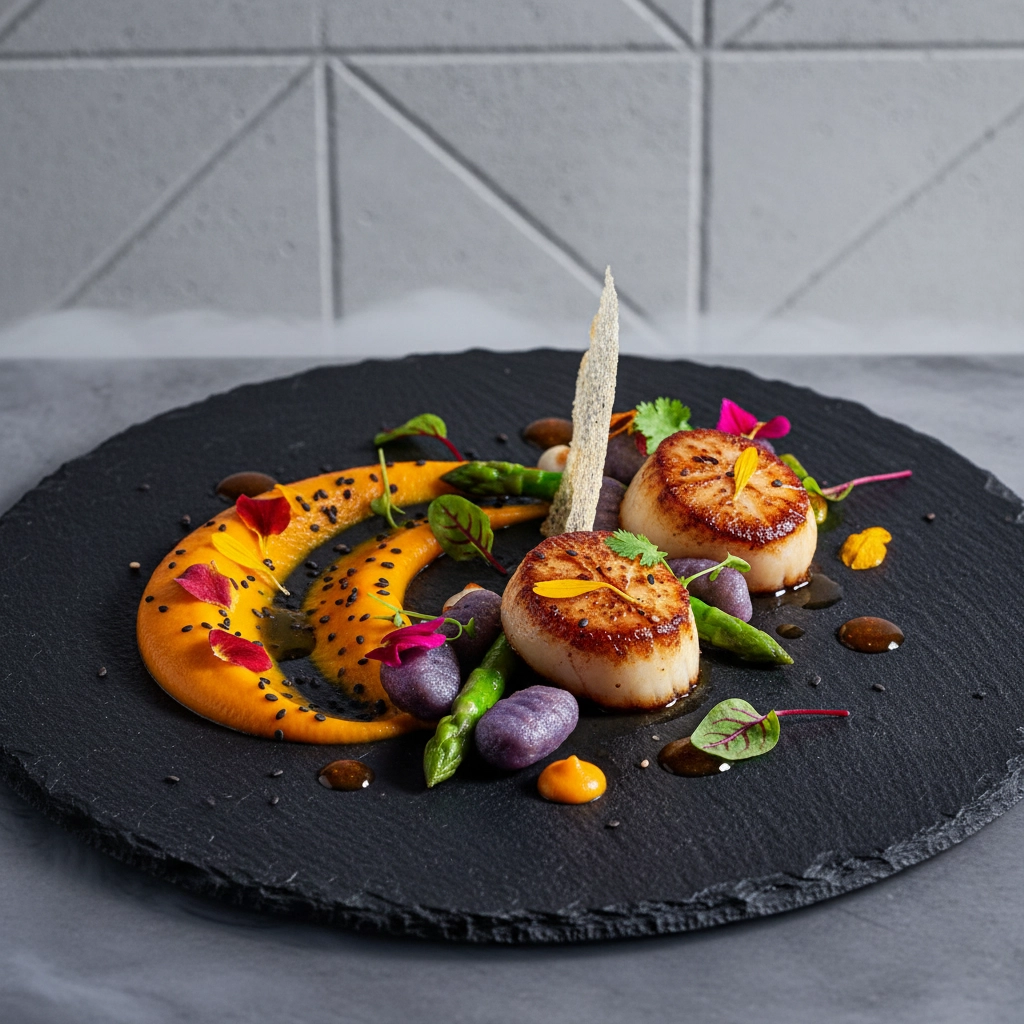
4. Create "Instagrammable" Experiences
Gen Z doesn't just want great food: they want shareable experiences. Design dishes, presentations, and restaurant spaces with social sharing in mind. This includes considering lighting for photos, creating unique plating presentations, and developing signature items that photograph well.
5. Encourage and Feature User-Generated Content
Develop campaigns that encourage customers to share their experiences. Create branded hashtags, host photo contests, and regularly feature customer content on your own channels. 71% of Gen Z plan to dine out more in 2025 than 2024, creating significant opportunities for user-generated content campaigns.
The Infrastructure Requirements
Success in the social media-driven food landscape requires more than great content: it demands operational alignment with digital preferences. Gen Z expects seamless online ordering, mobile payment options, and digital loyalty programs. Restaurants without robust digital infrastructure risk losing tech-savvy customers before they even have a chance to impress them with food quality.
This generation also values transparency about ingredients, sourcing, and preparation methods. 73% are interested in foods that provide health benefits, making it essential to communicate nutritional information and ingredient sourcing through social channels.
Looking Forward: The Economic Impact
The financial implications of social media food trends are substantial. Gen Z will represent 40% of global consumers by 2025 and already spends an estimated $360 billion annually. For restaurant operators, this represents both massive opportunity and increasing competition for attention in crowded digital spaces.
The restaurants succeeding with Gen Z aren't necessarily those with the biggest marketing budgets: they're the ones creating authentic connections, moving quickly on trends, and treating social media as an integral part of their business strategy rather than an afterthought.
Understanding that 84% of Gen Z actively try social media food trends isn't just an interesting statistic: it's a roadmap for restaurant marketing evolution. The establishments that embrace this reality, invest in digital infrastructure, and authentically engage with social food culture will capture the attention and loyalty of the next generation of diners.
The question isn't whether your restaurant should engage with social media food trends: it's how quickly you can adapt to this new reality. In a landscape where viral videos can drive foot traffic and trending hashtags can make or break new menu items, staying ahead of social food trends isn't just good marketing: it's essential business strategy.
For more insights on navigating the evolving food and beverage landscape, explore our comprehensive guide to foodservice trends in 2025 and discover how leading operators are addressing common restaurant challenges.
Written by Michael Politz, Author of Guide to Restaurant Success: The Proven Process for Starting Any Restaurant Business From Scratch to Success (ISBN: 978-1-119-66896-1), Founder of Food & Beverage Magazine, the leading online magazine and resource in the industry. Designer of the Bluetooth logo and recognized in Entrepreneur Magazine's "Top 40 Under 40" for founding American Wholesale Floral. Politz is also the founder of the Proof Awards and the CPG Awards and a partner in numerous consumer brands across the food and beverage sector.





